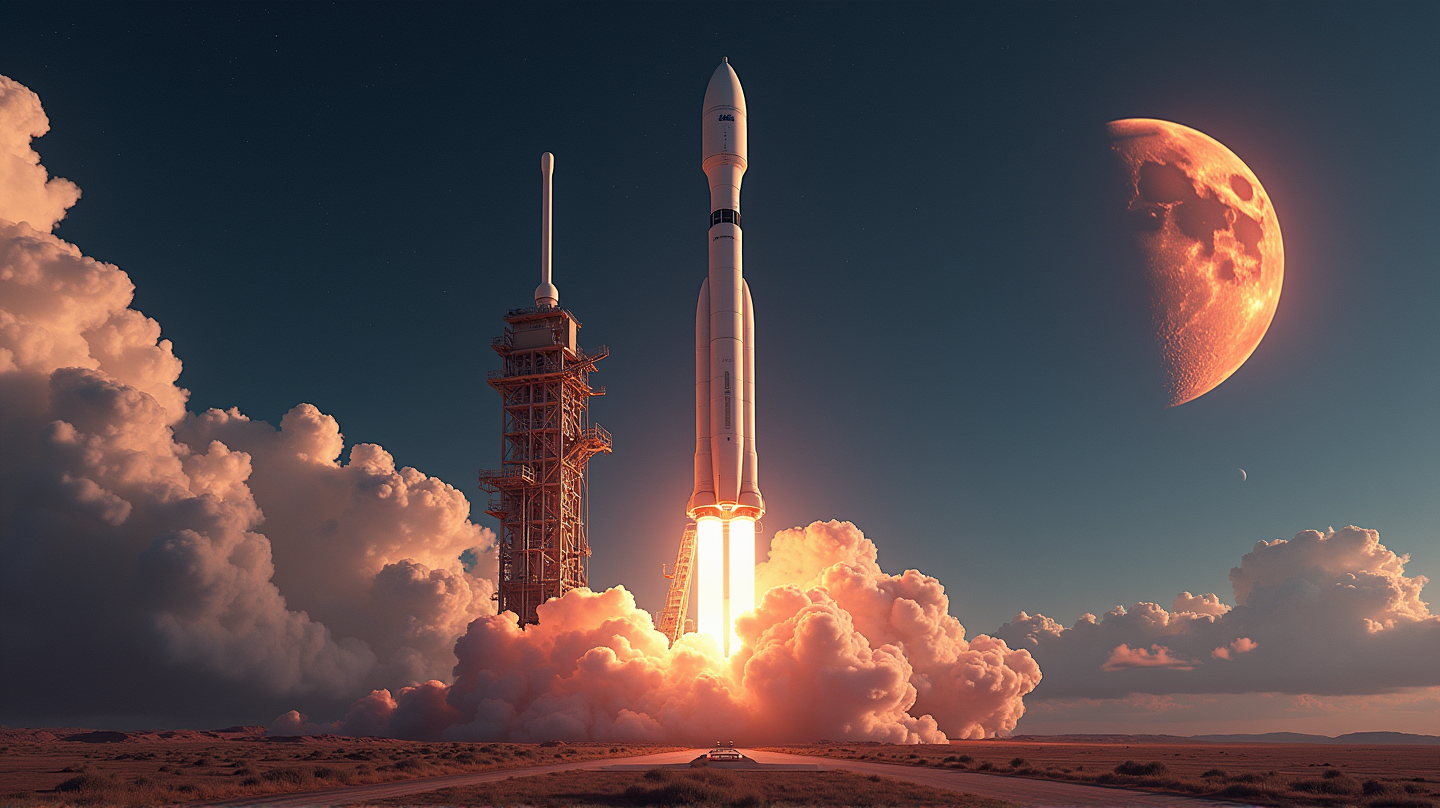Securing the Future: How Trump's Funding Revitalized NASA's SLS Rocket
Discover how President Trump's crucial funding decision saves NASA's Space Launch System, securing American space exploration's future.

President Trump’s recent funding approval has cut through the buzz to ensure the survival of NASA’s Space Launch System (SLS), a stalwart centerpiece in America’s ambitious foray into space. As the nation holds its breath, this move has rejuvenated a project teetering on the edge of cancellation—breathing new life into NASA’s aspirations of reaching the Moon and Mars.
NASA’s Journey with the SLS: A Balancing Act
In a realm where celestial dreams meet earthly budgets, the debate surrounding the Space Launch System stands as a towering testament to NASA’s ambition. The SLS is set to stride far beyond Earth’s orbit, equipped to transport humans back to the Moon and onward to Mars. Yet, this journey has not been without forks in the road. According to OpenTools, controversies have erupted around its funding, as critics argue that private sector solutions could be more cost-effective. Nonetheless, legislative support has ensured this rocket remains grounded—at least metaphorically so—reflecting a broader tug-of-war between nationalism, scientific exploration, and fiscal pragmatism.
The Trump Administration’s Game-Changer Legislation
The Trump administration played a pivotal role in scripting NASA’s current narrative. From the radical push to prioritize lunar expeditions to the details of policies stabilizing the financial support for the SLS, Trump’s legislation has set a robust framework for NASA’s journey. Spotlighted by Bloomberg Government, this policy shift underlines a renewed focus on the Moon, aiming for a compelling lunar mission by 2024. Given global advancements in space by nations like China and Russia, this move was as strategic as it was visionary.
Diverse Views from Influential Stakeholders
Stakeholders teem with perspectives as colorful as a cosmic nebula. On one end, ardent defenders of the SLS hail this financial commitment as a symbol of American competitiveness, safeguarding both jobs and national pride. Meanwhile, detractors argue for innovation above all, calling for a redistribution of funds to private enterprises that promise cutting-edge advancements. The Bloomberg Government article sheds light on this dynamic, polarizing debate—one that not only questions the program’s validity but also its ability to evolve with future technologies.
Public Perception: A Star-Spangled Discussion
The public mirrors the celestial body’s light and shadow, depicting a landscape speckled with excitement and skepticism. Advocates see the SLS as a herald to a new era of discovery and pride. Nevertheless, fiscal realism hasn’t vanished into the dark side of the moon. Debates on social media reflect concerns about taxpayer dollars in the face of other national priorities. Yet, conversations often circle back to the awe-inspiring potential of rekindling that Apollo-era spirit, catalyzing endeavors that surpass past glories.
Charting Future Galactic Trails
With the legislative underpinnings secured, the pathway to redefining space exploration is clear. Fortified support for NASA ensures continued investment in pioneering missions, carving a promising trajectory toward Mars. As OpenTools stated, this symbiotic embrace of policy and technological ambition promises to forge alliances across the globe, setting the stage for collaborative missions fueled by shared expertise and pooled resources.
In a universe of possibilities, these advancements push the boundaries of where our aspirations might lead us, daring humanity to look upwards and contemplate the twin promises of unknown worlds and the mastery to reach them. The legislative boost propels not just rockets but symbolizes dreams—collective and unrestrained—infinitely reaching for the stars.

